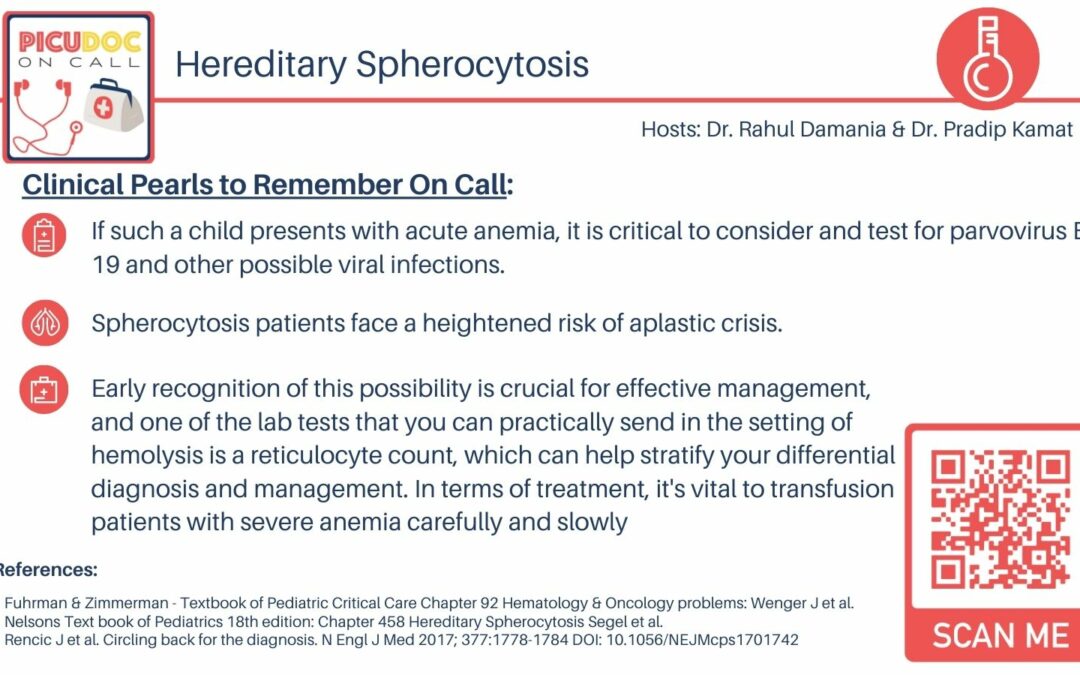Welcome to PICU Doc on Call, a podcast dedicated to intense wisdom in the field of pediatric critical care. In this episode, hosts Pradeep Kama and Rahul Damania, both pediatric ICU physicians, discuss the case of a five-year-old male who presents to the emergency department with unexplained fatigue and fever. The patient’s symptoms include fatigue, intermittent fevers, tachycardia, and significantly low hemoglobin levels.
The hosts delve into the possible causes of the patient’s condition, considering a blood cell disorder and the potential for severe anemia due to aplastic crisis. They explain the physiological adaptations that occur in severe acute anemia, including the shifting of the oxyhemoglobin curve to the right and the increase in cardiac output through tachycardia and increased stroke volume.
The podcast episode also covers different forms of hemolytic anemia, including extravascular and intravascular hemolysis, autoimmune hemolytic anemia, and paroxysmal nocturnal hemoglobinuria. The hosts discuss the workup for hemolytic anemias, such as complete blood count, peripheral smear, LDH levels, haptoglobin levels, and Coombs tests. They emphasize the importance of involving hematology and infectious disease specialists for accurate diagnosis and management.
The case of the five-year-old with hereditary spherocytosis is explored, highlighting the characteristic spherocytic shape of red blood cells and potential complications like hemolytic crisis, splenic sequestration, and aplastic crisis. The hosts provide insights into the pathophysiology and presentations of these complications, emphasizing the need for prompt recognition and appropriate interventions.
In summary, this episode of PICU Doc on Call provides valuable information on the evaluation and management of a pediatric patient with fatigue, fever, and anemia, shedding light on different forms of hemolytic anemias and their associated complications.

